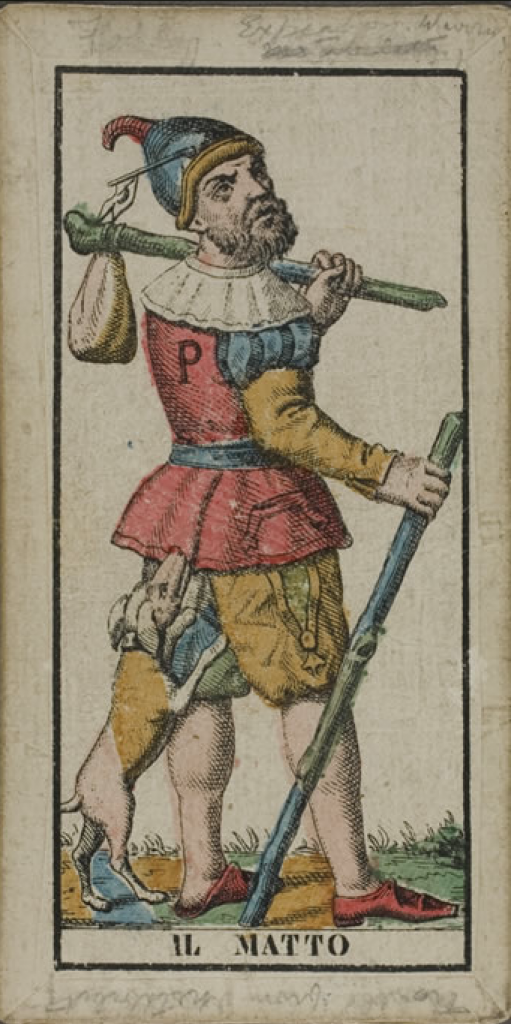I wasn’t sure what I was looking for in W.B. Yeats’s digital exhibit on the National Library of Ireland’s site, but it definitely wasn’t a whole display on his involvement with the Hermetic Society (or, Order) of the Golden Dawn.
Admittedly, I was a little shocked. I knew from lecture that he and his wife had been involved in the occult, but this felt like a secret society–something in the same vein of the Freemasons or the Illuminati. The more I read, the more convinced I was that this was some sort of conspiracy. According to the exhibit, the Order had “an elaborate system of symbols and rituals” as well as “an elaborate hierarchy,” which, naturally, got me thinking about triangles with eyes and councils of world leaders, billionaires, and Instagram influencers settling in for their weekly world domination meeting.
Of course, this isn’t true of Yeats’s involvement in the Order. Instead, it seems to be an exploration of occult spirituality. A lot of what the Order was attempting was “magical ceremonies to access archetypes and in some instances deities.” Interestingly, their ideas were based in Rosicrucianism, which took ideas from Christianity and applied them to mysticism.
In a way, Yeats’s work is itself an extension of Rosicrucianism. Much of his early work focused on the magic of Irish folklore– his poem “The Song of the Wandering Aengus” is a prime example of this. The speaker wanders “the hazel wood” with a “hazel wand” until “a glimmering girl” appears. The story Yeats weaves feels like a fairytale, infused with mysterious fantasy amidst naturalistic imagery. Though it speaks to the Irish Literary Revival and the rejuvenation of pride in Gaelic heritage, there’s something undeniably mystic about Yeats’s early poetry.
The Christian roots of Rosicrucianism are also evident through Yeats’s work. “The Second Coming” is a clear reference to the Second Coming of Christ, though Yeats subverts this expectation by describing the emergence of a sphinx. Perhaps this is an example of literary Rosicrucianism in and of itself–the sphinx being a representation of the mystic and occult.
While I don’t genuinely think W.B. Yeats was part of a secret society plotting world domination, the Order as a spiritual institution seemed to be a significant part of his life. I don’t doubt that it influenced a great deal of his thought and poetry.





I really enjoyed the images you included in your post. The tarot cards are certainly very interesting! I also liked the information you included about Yeats’ involvement with the occult in your post. Your post got me thinking about the mysticism of Arthur Conan Doyle and a quick google search revealed that apparently there was some sort of “Ghost Club” that included Yeats, Dickens, and Doyle. Wild!
I like your mention of spirituality because it makes me wonder what sort of historical forces were driving this interest in spirituality at this time. I wonder if these historical forces had any impact on the topics of the literature of the time?